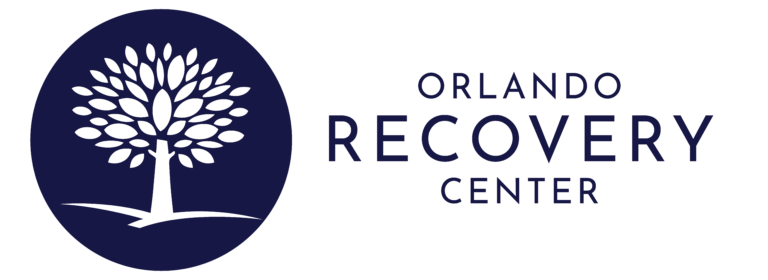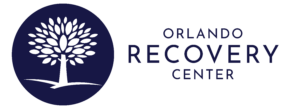If your loved one was drinking or doing drugs right now, how would you know?
No matter how many times they’ve tried to get sober, no matter how many promises they’ve made, relapse is just a drink away.
Warning signs provide clues that relapse is imminent. And if you recognize them early enough, you can actually prevent relapse from happening.
What Does Relapse Look Like?
My uncle is an alcoholic, with a co-occurring bipolar disorder diagnosis, whose drink of choice was a 12-pack. Eventually, he went through treatment and entered recovery. At the age of 9, I thought that his sobriety was the end of the chaos. I didn’t know that recovery is a life-long journey.
Treatment Can Be Life Changing
Whether you are struggling with addiction, mental health or both, our expert team is here to guide you every step of the way. Don’t wait— reach out today to take the first step toward taking control of your life.
Despite staying sober for three years, my uncle relapsed. My aunt found a case of beer hidden in the garage and an argument ensued. However, his relapse wasn’t something that just happened out-of-the-blue. There were warning signs that led to my uncle’s relapse, we just hadn’t seen them at the time.
Relapse is a process, not an event
The incident I just shared was an event. Although many people think that’s what relapse is, it’s not.
An event is something that has already occurred and cannot be changed. A process, on the other hand, is something that is presently occurring. Its course can be changed and the end result is not fixed.
My uncle’s relapse really started long before the case of beer. It probably had its start with a stressful situation–the loss of a job, having to move, an inability to find new work–the list is endless.
So while, on the outside, it may have looked like my uncle just suddenly started drinking, it was actually a result of outside pressures, and an internal dialogue he was having with himself about some of his life situations.
If someone had just taken notice, perhaps my uncle could have gotten help sooner, and prevented a relapse.
3 Types of Relapse and Their Warning Signs
The process of relapse can be categorized into three types:
- Thoughts
- Behavior
- Controlled Use
1. Relapse at the Thought Level
Relapse almost always begins at the thought level. Because you have been sober for some time, you see your addiction as being cured. This may lead you to think you deserve to take the substance you were addicted to.
Your thoughts begin to impact your attitude. You begin to not care about your sobriety, and may become negative about life.
Your attitude begins to impact your feelings. You may feel an increase in moodiness, depression, anger, resentment, boredom, or loneliness. These are the types of things to look for in your loved one if you want to recognize the warning signs of relapse.
2. Relapse at the Behavior Level
At this level, your feelings begin to impact your behavior. Because you do not know what to do with your thoughts and feelings, you begin to act out.
Your preoccupation with your addiction results in dancing the Tango–one step forward and two steps back. You may become more argumentative, and skip self-help group meetings. You may also stop in a drug den to socialize or walk down the alcohol aisle at the store. You may also have stress symptoms escalate and use what you were addicted to as a threat in an argument in order to get your way.
Family members with loved ones who suffer from addiction should be aware of behavioral shifts that seem out of the ordinary as indicators of a potential relapse.
3. Relapse at the Controlled Use Level
At the controlled use level, because you hold the belief that you can overcome and deal with everyday problems through the help of a substance in a controlled way, you convince yourself that deserve it and that one puff or glass won’t hurt–that you can just have one today and you will be okay.
This level usually starts with a small quantity, and then, without knowing it, you find yourself where my uncle was–back at the first stage of addiction, binging due the impulsive and compulsive nature of addiction.
Relapse is Part of Addiction
Addiction is a chronically relapsing disorder characterized by:
- Compulsion – to seek and take the substance;
- Loss of control – unable to limit intake;
- Negative emotional state – feelings of anxiety, irritability, and depression
- Withdrawal syndrome – symptoms could include physical and psychological issues
3 Stages of Addiction
Addiction is a disorder that involves being impulsive and compulsive. These two elements together create a chronic addiction cycle comprised of three stages:
- Binge/intoxication: Being addicted
- Withdrawal: Detoxing and entering sobriety
- Preoccupation/anticipation: Relapse
Addiction is a chronic illness that requires ongoing life changes, just like diabetes, asthma, or hypertension. If changes are not permanent, a relapse occurs, resulting in health-related and life-altering consequences.
Returning to an addiction from this place is the result of ignoring the warning signs. If you have been able to see these warning signs and stop the relapse process before the return to an addiction, that is fantastic. If you have not, we are here to help. If you believe your friend or family member needs treatment for a drug and alcohol rehab addiction, call us immediately.
Even though 40%-60% of people who have lived through an addiction experience a relapse that results in returning to their addiction, your experience does not need to be similar to my family’s experience. By learning to recognize the warning signs of a relapse, you can help yourself or your loved one prevent relapsing.








